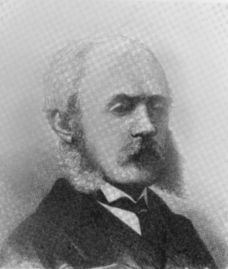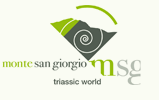History of the research
The pioneers
From 1920 to 1938: the Zurich School
At the beginning of the twentieth century the first findings on the Swiss side began to emerge, thanks to the industrial activity of the Società Anonima Miniere Scisti bituminosi di Meride e Besano that began in 1907. Oil was produced from the rock through a complex process of dry distillation to create "Saurolo”, used for medicinal purposes as an antiseptic.
» More ...
The post-war period
Following a break during the Second World War, the research started again in Switzerland in 1950 under the direction of Emil Kuhn-Schnyder, a colleague and successor of Peyer. The new excavations, in collaboration with the Geologisch-Paläontologisches Institut der Universität Basel (Louis Vonderschmitt) at the Mirigioli locality between Serpiano and the summit of Monte San Giorgio, continued until 1968.
» More ...
Recent studies
Since 2006, following a change in the legal framework and the inclusion of Monte San Giorgio in the UNESCO World Heritage List (2003 and 2010), the Museo cantonale di storia naturale di Lugano has launched new excavation projects while also undertaking coordination of research on the Swiss side of the mountain. Under the leadership of Rudolf Stockar, new excavations have been conducted in the Cassina beds, Kalkschieferzone and Sceltrich beds, the latter, a fossiliferous level in the upper Meride Limestone never before studied.
» More ...






